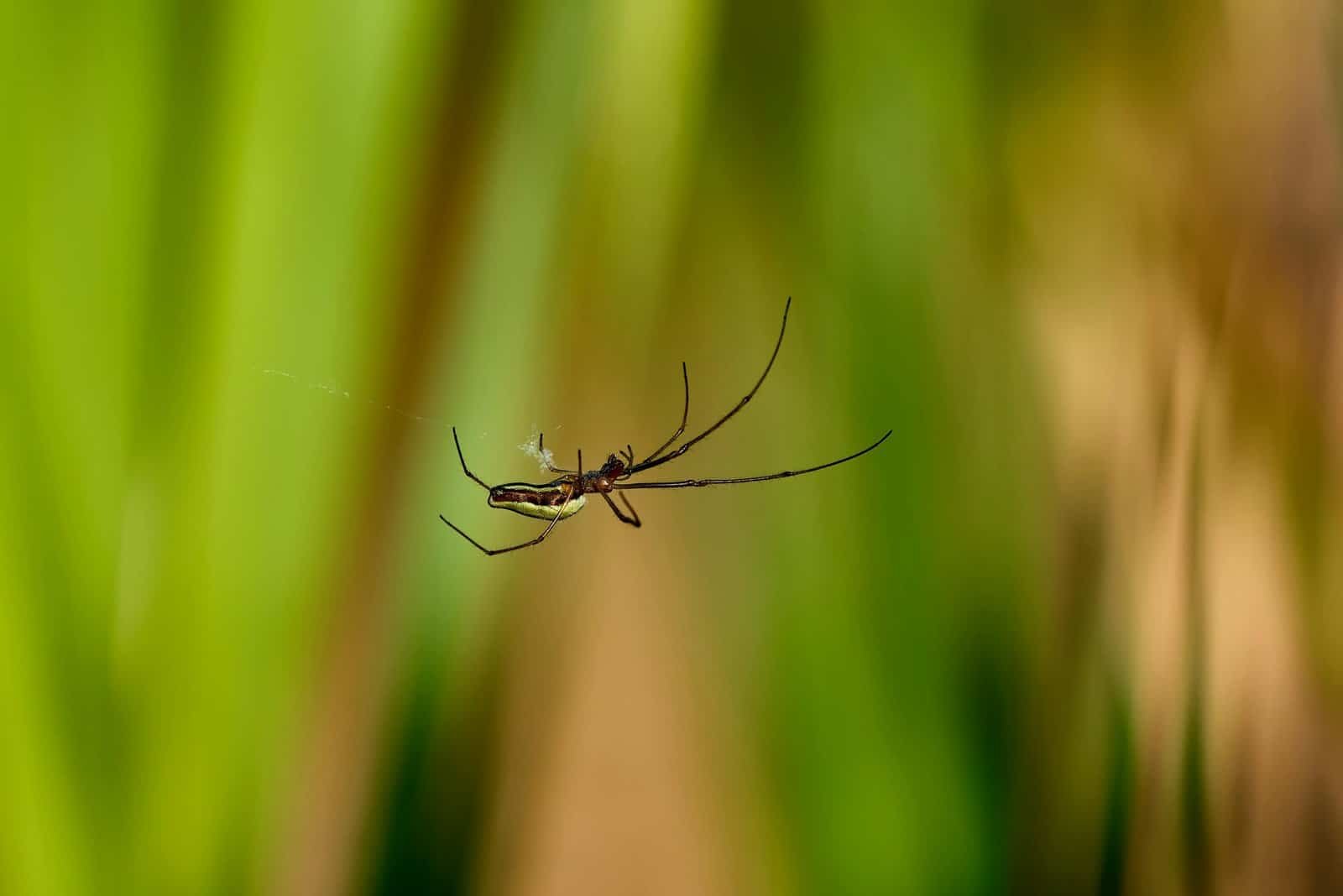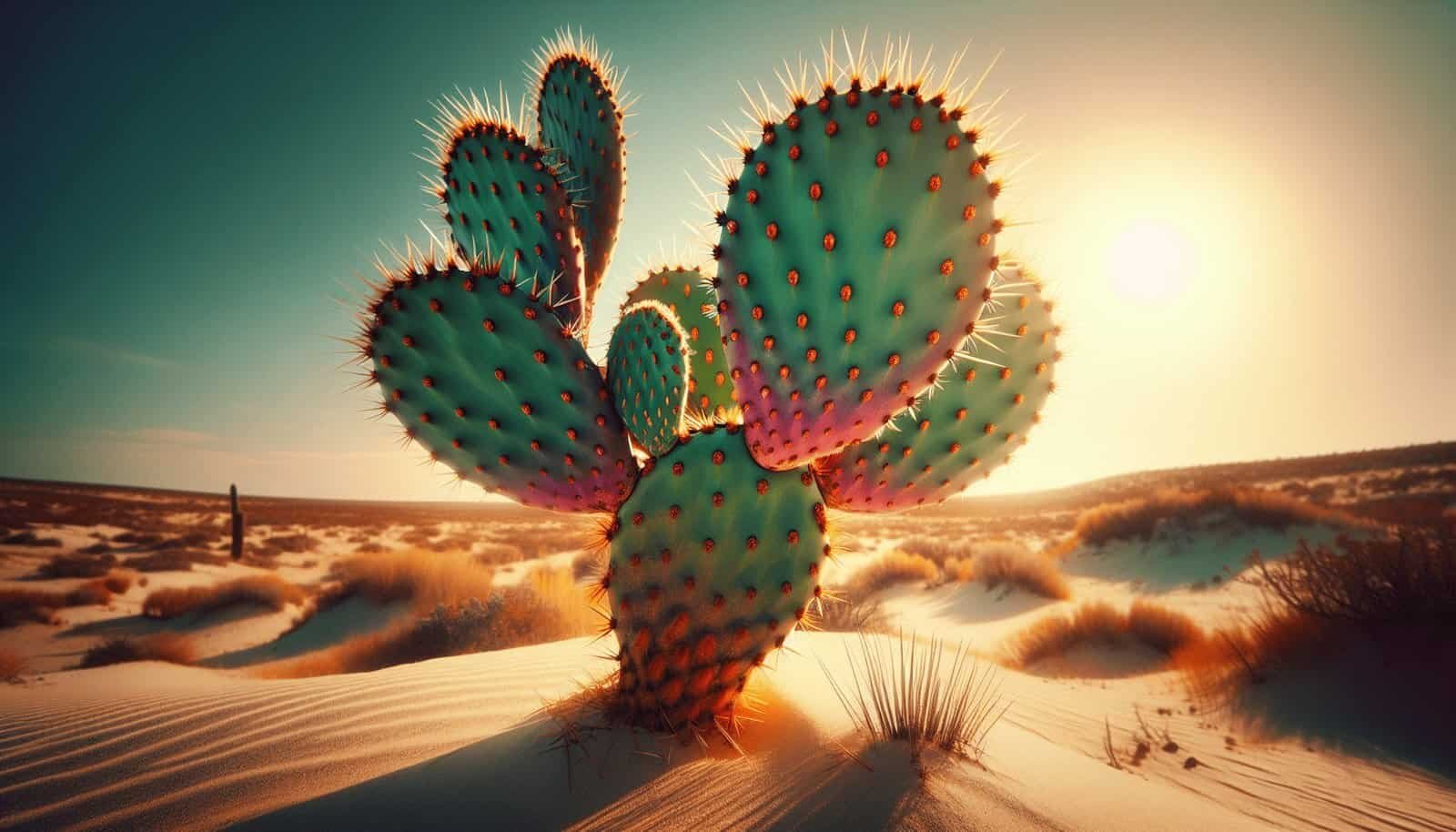Have you ever wondered how to identify the different varieties of Nopal cactus? If you’ve seen these intriguing plants in various landscapes and thought they all looked the same, you’re not alone. Nopal cacti, also known as prickly pear cactus, come in an array of shapes, sizes, and colors, each with its unique characteristics. This guide is here to help you distinguish between the varieties and appreciate their individual beauty.

What is Nopal Cactus?
Nopal is a term commonly used in Mexico and the southwestern United States to refer to the pads of the prickly pear cactus. Scientifically known as Opuntia, this genus of cactus is esteemed for both its edible and ornamental uses. With over 200 species, the nopal cactus is an integral part of the ecosystem, offering food and habitat to numerous creatures and playing a significant role in human culture and cuisine.
Why is Identifying Nopal Cactus Varieties Important?
Understanding the different varieties of Nopal cactus is beneficial for several reasons. First, some species are more suitable for culinary uses, while others are ideal for landscaping. Knowing your cacti also helps ensure the right care and maintenance practices, allowing these plants to thrive. Additionally, recognizing the distinguishing features aids in appreciating their ecological and cultural significance.
Key Characteristics of Nopal Cactus
When identifying nopal cactus varieties, there are several key characteristics to consider. These include the shape and size of the cactus pads, the color and presence of spines, the color and size of the fruit (also known as tunas), and the flowering patterns.
Cactus Pads
The pads, or cladodes, of the nopal cactus are perhaps its most distinctive feature. They vary widely in shape and size among different species. Some are small and round while others may be long and oblong. Understanding these variations can help you tell species apart.
Spines and Glochids
Spines are the most notorious part of any cactus. Some nopal varieties have large, noticeable spines, while others might have almost none at all. Glochids, on the other hand, are tiny barbed hairs at the base of the spines. They can be quite irritating and are a crucial factor when identifying cacti.
Color
Nopal cactus pads come in a range of hues—varying shades of green, bluish tones, or even purplish undertones in some species. The color can shift depending on environmental conditions, like sun exposure and water availability, which can further complicate identification.
Flowers and Fruit
The flowers of nopal cacti also vary significantly, both in color and size. Flowering patterns follow specific seasonal cycles. In turn, the fruits—commonly harvested for their sweet, juicy flesh—vary in color from green, yellow, and red to purple, depending on the species.
Popular Varieties of Nopal Cactus
Exploring the vast world of nopal cacti isn’t just a feast for the eyes but also for the senses. Below, we’ll discuss some of the most popular and identifiable varieties in more detail.
Opuntia ficus-indica
Arguably the most recognized nopal cactus, Opuntia ficus-indica, is often cultivated for its edible pads and fruits. The pads are large, pale green, and smooth to the touch, with sparse, small spines. Its fruits are usually red or purple, sweet, and often used in culinary applications such as jams or beverages.
Opuntia engelmannii
Known as the Engelmann prickly pear, this cactus sports large, flat pads with a blue-green tint. It typically has many large, white or golden spines. The fruits are a deep red to purple and are edible, but often sour compared to Opuntia ficus-indica.
Opuntia microdasys
Commonly called the bunny ears cactus, Opuntia microdasys is perhaps the most visually distinctive. It features small circular pads that grow in pairs resembling bunny ears, covered in dense tufts of glochids instead of spines. While not typically grown for its fruit, its charming appearance makes it a favorite for indoor growing.
Opuntia basilaris
The Beavertail cactus, Opuntia basilaris, is commonly found in desert areas. Its blue-grey pads are admired in landscaping for their unique looks. This species typically lacks large spines, and its neon-pink to magenta flowers offer a striking contrast against its foliage.
Opuntia humifusa
Also known as the Eastern prickly pear, Opuntia humifusa, has relatively small pads and grows low to the ground. Its spines can vary in density and color from plant to plant. Its bright yellow flowers are remarkable, and the plant produces sweet red fruits that are less common among cacti.
Using Nopal Cactus in Culinary Arts
Nopal cacti have long been appreciated beyond their aesthetics, particularly for their culinary uses. Understanding the different varieties opens your palate to new textures and flavors. Both pads and fruits have been staples in many dishes, particularly Mexican cuisine.
Preparing Nopal Pads
Before cooking with nopal pads, you need to remove the spines and glochids. This can be done by holding the pad firmly and using a knife to scrape them off. Once cleaned, nopal pads can be sliced or diced and incorporated into a multitude of dishes such as salads, tacos, or scrambled with eggs.
Enjoying Nopal Fruits
The fruits, often referred to as tunas, have a sweet and refreshing taste. They can be consumed raw or used to create delicious juices, jams, and even alcoholic beverages. The skin is typically removed before consumption to avoid the spines.

Nopal Cactus and Its Benefits
Besides their beauty and culinary appeal, nopal cacti are heralded for their health benefits. Rich in antioxidants, vitamins, and fiber, they play a role in promoting a healthy diet.
Health Benefits
The pads are a source of dietary fiber, aiding in digestion and helping to maintain a healthy weight. They have been studied for their potential to help control blood sugar levels, benefiting those managing diabetes. The fruits are packed with vitamin C and key nutrients, promoting immune health.
Ecological Benefits
Nopal cacti are not just great for humans but also for the environment. They are drought-resistant and capable of thriving in arid landscapes, playing a crucial role in combating desertification. Additionally, they provide food and shelter for numerous wildlife species.
Care and Maintenance of Nopal Cacti
If you decide to grow nopal cacti, understanding their care requirements is essential. These resilient plants do not require much pampering, but certain conditions must be met to ensure they flourish.
Soil and Planting
Nopal cacti prefer well-draining soil with a mix of sandy and loamy textures. When planting, ensure that the soil pH is slightly acidic to neutral. Space the plants adequately to provide them with plenty of sunlight and airflow.
Watering and Fertilization
Contrary to popular belief, nopal cacti do need water, albeit infrequently. Allow the soil to dry between watering sessions. Fertilization is generally minimal; you can apply a balanced cactus fertilizer once during the growing season for an added nutrient boost.
Pest and Disease Management
While nopal cacti are generally hardy, they can sometimes be affected by pests such as scale insects or mealybugs. Manual removal or mild insecticidal solutions can usually solve such issues. Rot due to overwatering is also a risk, underscoring the importance of proper watering habits.

A Culturally Significant Plant
Nopal cacti have firmly rooted themselves in the cultural history of the regions they inhabit. In Mexico, the nopal is a national symbol, depicted on the country’s coat of arms. They have become synonymous with resilience and resourcefulness, traits revered in many cultures.
Traditional Uses
Traditionally, nopal cacti have been used for their medicinal properties. Native peoples have long believed in the healing powers of nopal, utilizing it to treat everything from wounds to digestive disorders. This tradition exemplifies an intrinsic understanding of the plant’s value that transcends generations.
Contemporary Symbolism
Today, nopal cacti continue to be a symbol of cultural pride and identity. Festivals celebrating the nopal, such as the Feria de la Candelaria in Tlaxcala, Mexico, showcase the plant’s versatility and the deep-rooted traditions surrounding it.
How to Successfully Grow Nopal Cacti at Home
If you’re inspired to add nopal cacti to your home garden or indoor plant collection, there are a few tips to keep in mind.
Starting from Seeds or Pads
You can start growing nopal from seeds or pads. Pads are typically easier, as they root quickly and robustly. Select a healthy pad, let it callus over for a few days, then plant it in well-draining soil.
Light and Temperature
Nopal cacti thrive in full sun and can withstand high temperatures. Indoors, provide as much light as possible, preferably with a south-facing window or supplemental grow lights during darker months.
Extending the Life of Your Plant
With proper care, nopal cacti can live for decades. Regular pruning to remove dead or dying pads can encourage new growth and maintain the plant’s overall health.

Conclusion
Identifying the different varieties of Nopal cactus not only enriches your knowledge but also enhances your appreciation for these resilient plants. By understanding their characteristics, benefits, and care needs, you’ll be well-equipped to integrate them into your life, whether on your plate or in your garden. Their unique attributes and cultural significance make nopal cacti an inviting addition to any plant enthusiast’s world. So next time you come across these prickly wonders, you’ll have the insight to recognize and celebrate each distinct variety.

